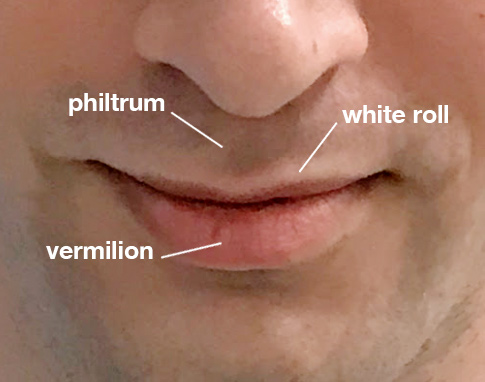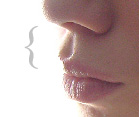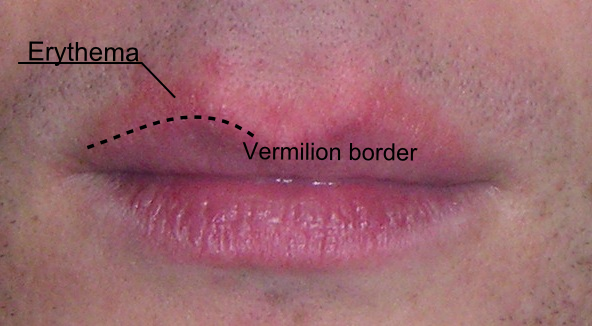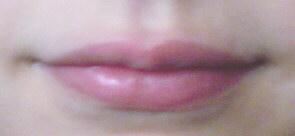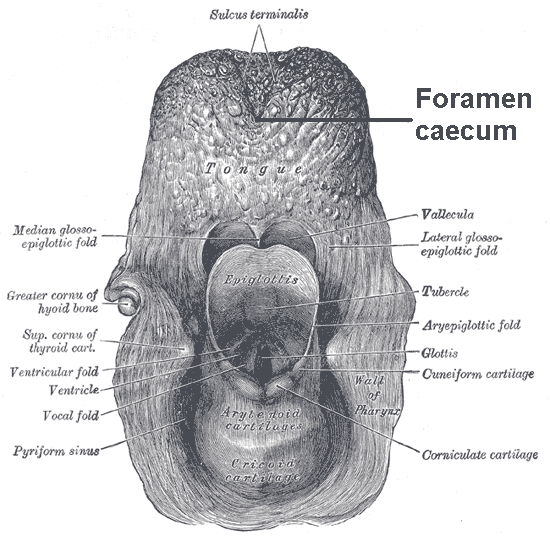We just learned about the Parotid Gland.
Another part of the mouth is the Tonsils.
Usually when people talk about tonsils they mean the two lumps at the back of the throat.
There is one on the left and one on the right.
The big long name for these is the palatine tonsils or faucial tonsils.
There are actually three types of tonsils:
- Palatine tonsils - At the back of the throat
- Tubal tonsils - Behind the throat and almost back by the ear
- Adenoids, also called the pharyngeal tonsil or nasopharyngeal tonsil - Up the back of the throat and behind the nose
These tonsils have special tissues in them that help fight against sickness and germs.

(from: wikipedia - palatine tonsil)
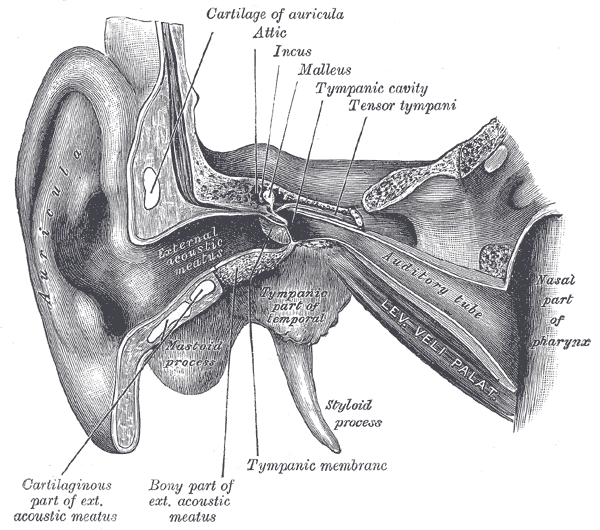
(from: wikipedia - tobal tonsil)

(from: wikipedia - adenoid)
Kid Facts - Blast from the past: Supernumary Teeth



